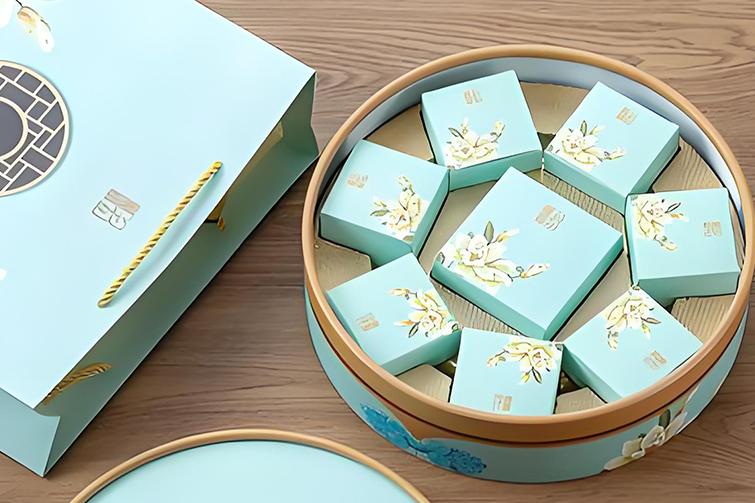

Common Materials Used for Gift Boxes and How to Choose Them
Gift boxes are more than just packaging—they’re part of the gift experience. Choosing the right material for a gift box not only protects the contents but also sets the tone for what’s inside. From luxurious options to eco-friendly alternatives, here are the most common materials used for gift boxes and how to choose the best one for your needs.
1. Cardboard (Paperboard)
Features: Lightweight, affordable, and easy to customize.
Best for: Everyday gifts, party favors, and casual events.
Cardboard gift boxes are widely used because they are cost-effective and versatile. They come in various thicknesses and can be printed, laminated, or wrapped with decorative paper. While not the most durable, they’re perfect for light to medium-weight gifts like cosmetics, books, or clothing.
2. Rigid Box (Hardboard)
Features: Sturdy, durable, and high-end appearance.
Best for: Luxury gifts, electronics, or fragile items.
Rigid boxes are made from thick, compressed paperboard and often include magnetic closures or ribbon ties. They hold their shape well and offer excellent protection. These boxes are ideal for premium gifting and are often reused by recipients for storage or decoration.
3. Kraft Paper Box
Features: Eco-friendly, recyclable, and rustic-looking.
Best for: Sustainable brands, handmade items, or eco-conscious gifts.
Kraft paper boxes are gaining popularity due to their natural look and environmental benefits. They pair well with minimalist or vintage aesthetics and can be dressed up with twine, stamps, or dried flowers for a creative touch.
4. Plastic Box
Features: Transparent, waterproof, and durable.
Best for: Display packaging, food items, or toys.
Clear plastic gift boxes offer visibility of the product inside and are often used for retail or promotional purposes. However, they are less eco-friendly and not always suitable for luxury or personal gifts.
5. Tin or Metal Box
Features: Strong, reusable, and stylish.
Best for: Edible gifts (like cookies or candies), keepsakes, or festive packaging.
Metal boxes provide excellent protection and a premium feel. They are often used for holiday gifts or limited edition items. With proper design, tin boxes can be reused by the recipient, adding value to the gift.
6. Wooden Box
Features: Natural, durable, and luxurious.
Best for: Wine, jewelry, or artisanal products.
Wooden boxes are among the most elegant and sturdy options available. They can be engraved, stained, or left unfinished for a rustic charm. Though more expensive, they offer a long-lasting impression and are perfect for special occasions.
How to Choose the Right Material
- Budget: Cardboard and kraft boxes are budget-friendly, while wood and rigid boxes cost more but offer a premium experience.
- Sustainability: Choose kraft paper or wooden boxes if eco-friendliness is important.
- Gift Type: Match the durability of the material to the weight and fragility of the gift.
- Presentation: For luxury or formal gifts, go for rigid, wooden, or tin boxes. For casual or fun gifts, cardboard or plastic may suffice.
Conclusion
The material of your gift box can say as much as the gift itself. Whether you’re going for luxury, sustainability, or simplicity, understanding the strengths of each type of material helps you make a thoughtful and impactful choice.





